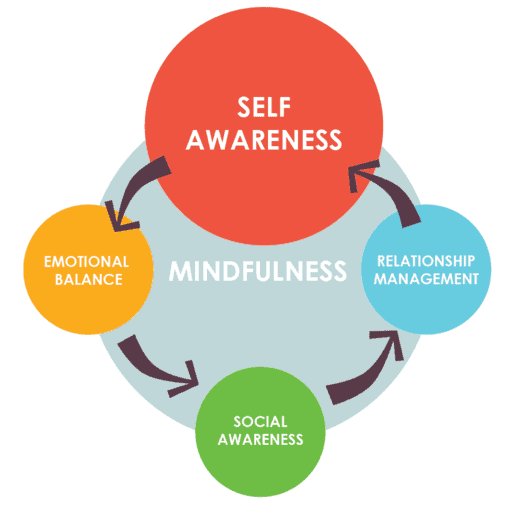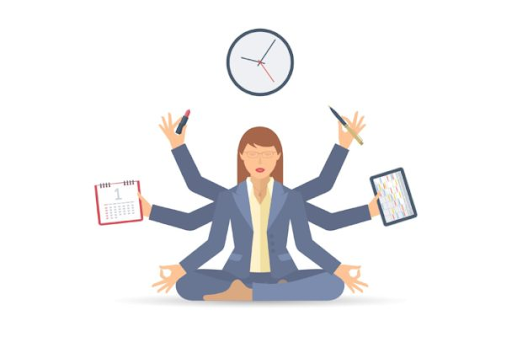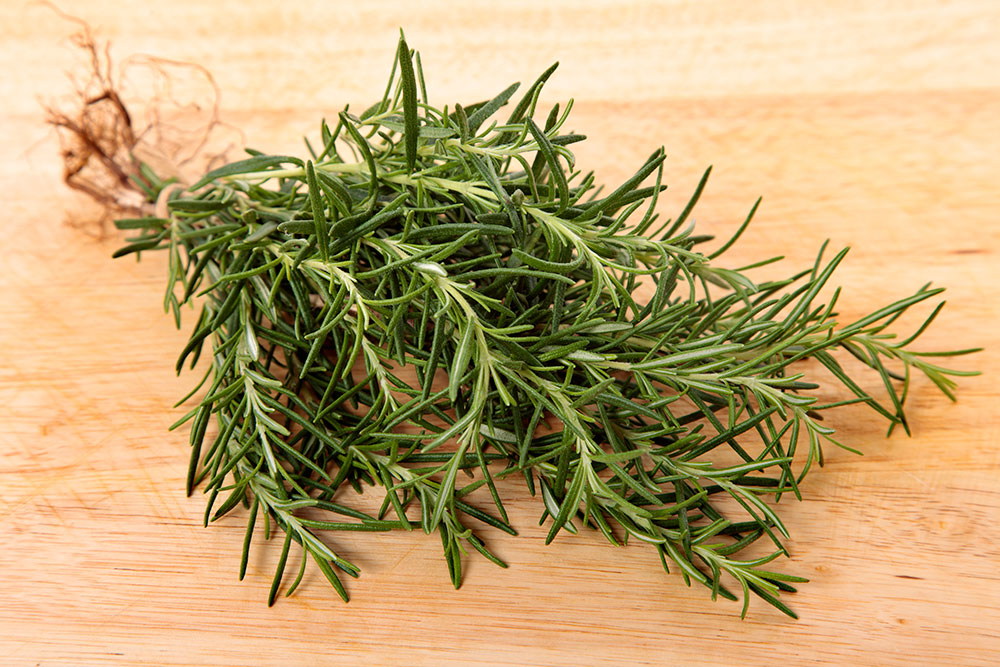The Disconnected Home
Across our country, there is an increased focus on renewable energy sources to combat the extreme impacts of climate change, and address the problems caused by a growing demand for power from an aging grid. The way we create, distribute, and consume energy is surprisingly similar to the way it was a century prior. As Aamir Paul, president of the Schneider Electric Country, likes to point out…
Our grid is so old, even Thomas Edison
would recognize it.
But the tide is turning. Today, conversations around climate change, renewable energy, and responsible energy consumption are happening on the ground and in the boardroom. Recent wildfires in California, tornadoes in Tennessee, and the spread of COVID-19 around the world are playing a large role in these discussions. Hurricanes, like Superstorm Sandy, left nearly 1.5 million New Yorkers without power for at least 10 days. And after transmission lines were suspected of causing wildfires in California, the state’s largest utility, PG&E, took drastic preventative measures to reduce risk of additional fires by cutting services to more than 920,000 homes and businesses, impacting at least 2 million people. These conversations are prompting a focus on decarbonization, decentralization, and digitalization to enhance energy reliability and efficiency.
“Electricity is now our lifeline. Everything works—and will continue to work—as long as we have electricity. It’s what keeps the lights on, the oxygen flowing, the information going. Everything is the grid, the grid, the grid.”
– Peggy Noonan – columnist

Microgrids : How does it work?
The electricity grid is a complex system in which power supply and demand must be equal at any given moment. Constant adjustments to the supply are needed for predictable changes in demand, such as the daily patterns of human activity, as well as unexpected changes from equipment overloads and storms. Energy storage plays an important role in this balancing act and helps to create a more flexible and reliable grid system.
Minimizing power disruptions is key. Companies have long used diesel-fueled generators for back-up. These generate heavy emissions that factor into the climate changes and fuel natural disasters. Plus they don’t automatically switch on when power fails. During the precious few minutes while they fire up, critical systems fail, then reboot, causing disruptions in daily operations and often safety hazards.

Since fossil-fuel generators also work counter to their sustainability goals, businesses have been looking at how renewables can support their resilience objectives. Solar- or wind-only strategies cannot address the full scope of the problem since availability isn’t always guaranteed when businesses need it. With the right combination of technologies – specifically solar+storage – businesses can make significant strides in ensuring continuity and reducing losses associated with outages, with an added bonus of cost savings over time and potentially participation in new energy markets.
Because some renewable energy technologies – such as wind and solar – have variable outputs, storage technologies have great potential for smoothing out the electricity supply from these sources and ensuring that the supply of generation matches the demand.
Microgrids are local energy grids that can disconnect from the traditional grid and operate autonomously. Microgrids have the ability to strengthen and reinforce the traditional grid because they can function even when the main grid is down and are optimal for integrating renewable sources of energy. The grid connects homes, businesses and other buildings to central power sources, which allow us to use appliances, heating/cooling systems and electronics. But this interconnectedness means that when part of the grid needs to be repaired, everyone is affected.
This is where a microgrid can help. A microgrid generally operates while connected to the grid, but importantly, it can break off and operate on its own using local energy generation in times of crisis like storms or power outages, or for other reasons. A microgrid can be powered by distributed generators, batteries, and/or renewable resources like solar panels. Depending on how it’s fueled and how its requirements are managed, a microgrid might run indefinitely.
However, energy storage technology accounts for the highest cost in developing a microgrid, yet is the least understood component and tends to be the most poorly integrated. If batteries and microgrids could interact at a higher efficiency, new possibilities could arise for the future of energy distribution.
While significant progress has been made through federal and state incentive programs that have helped drive down the costs of deployment, there is still so much to be done to chart a path toward a clean energy future. At the moment, many consumers are paid through a feed-in tariff system. Most consumers receive a payment based on how much electricity they generate and are assumed to use at home, rather than the amount they actually export. This practice is called ‘deeming’, and for most it is set at 50% of total generation. So, if you can store some of that surplus electricity and use it at another time when you need it, you will still get paid the same for your export but will spend less on electricity bills for your import.
Energy Storage: To store, or not to store
Energy storage is also valued for its rapid response – most storage technologies can begin discharging power to the grid very quickly, while fossil fuel sources tend to take longer to ramp up. For years, many people saw energy storage as a novelty or the preserve of people living off-grid. Now with the technological developments and the growth of domestic renewable energy mean this is an area with big potential. Here are three reasons to choose energy storage over a generator.
- Reliability: While a home battery or a generator can keep your appliances running in an outage, generators require more oversight for optimal performance over the long-term. Generators require annual maintenance to keep their warranties valid, which typically only last 5 years, and regular “exercising.” This means you will need to periodically run your generator to guarantee that the mechanical systems are working properly and won’t fail when you really need to use it. Even if you regularly serviced and exercised your generator, you might not have access to fuel if a devastating event occurs.
- Pollution: Generators are infamous for two forms of pollution when run: air and sound. The former can be very dangerous, even lethal, due to high amounts of carbon monoxide emissions. The latter can be very annoying to you and your neighbors due to their loud, obnoxious sound that carries.
- Grid Interactivity: Backup generators are only meant to be used when there is a power outage. During most of the year when the grid is stable, the generator remains off, collecting dust. This is the opposite of how an energy storage system is meant to function.
The energy revolution has begun and it’s happening right in your own home with the new-found freedom to produce, store and enjoy your own clean electricity. COVID-19 has significantly changed the way we live. Over the last few months, families have been spending more time together at home. The use of household electricity has spiked with more people working from home with their children attending school from home.
Energy storage works well with the idea of the ‘smart home’. Many smart storage systems allow you to keep track of your energy use online and charge the batteries with low rate electricity from the grid if you’re on a tariff that is cheaper at certain times of day, such as Economy 7. We’re starting to see energy storage playing a role in smart energy management at grid level. In the future, we could see people using their energy storage devices to store excess electricity, in return for preferential rates. Major advancements in battery technology over the last 150 years have made modern residential energy storage possible.

Protect your power
Many energy storage systems today are “smart,” meaning there is some level of communication between you and your home battery system. A basic example of this would be seeing how much runtime your battery has left through a mobile app.
Exploring the “smart” battery concept further, it’s also possible to use programmable logic controllers (PLC) to stabilize your battery’s performance and increase its longevity. sonnen is at the forefront of innovation in the intelligent battery space, leading the industry with their ecoLinx product line and integrations with trusted home automation platforms to enable revolutionary “energy automation” capabilities. Sonnen has been one of the early proponents of using home energy storage as an aggregated asset launching SonnenCommunity in late 2015. SonnenCommunity added a layer of tradability to energy, allowing community subscribers to ‘share’ their power with each other via the grid and the SonnenCommunity software and hardware platform.
The sonnen ecoLinx allows tech-forward homeowners like you to take control of the energy in your home to the next level. With integration capability into popular home automation platforms like Control4 and Savant, energy automation with ecoLinx can protect and prepare your connected home for the next weather event or power outage.
By nature, energy storage is able to provide backup power when grid power is lost, a characteristic that is of great interest to residential customers as well as business owners. Energy storage is of interest to the utility because they can store energy that is produced by their plants and not used (such as wind energy at night) and release the stored energy during the day when the demand is higher (and also the cost).
Final Thoughts
Every smart home deserves the opportunity to power their home with clean energy. Have peace of mind by choosing intelligent battery storage options that put safety and sustainability in the forefront by using cobalt-free, recyclable battery technology. Only lithium-iron-phosphate cells are used in sonnen products for stability, durability, performance, and environmental friendliness. Thus, sonnen offers a low maintenance, clean, reliable way to store energy and manage your power consumption. Want more information? Ask us how you can now enjoy the benefits of living off-the-grid with Smart Home and Smart Energy Storage from Sonnen.
To learn more about smart energy storage systems














